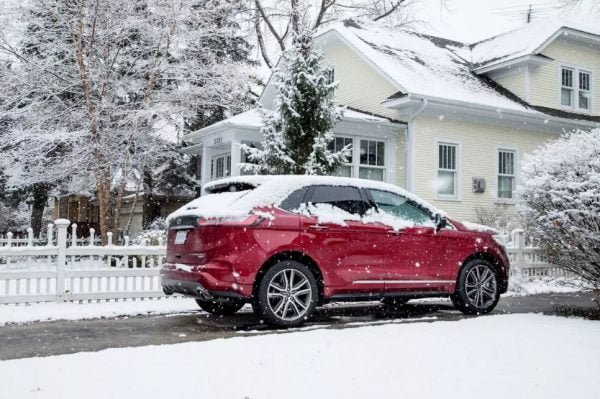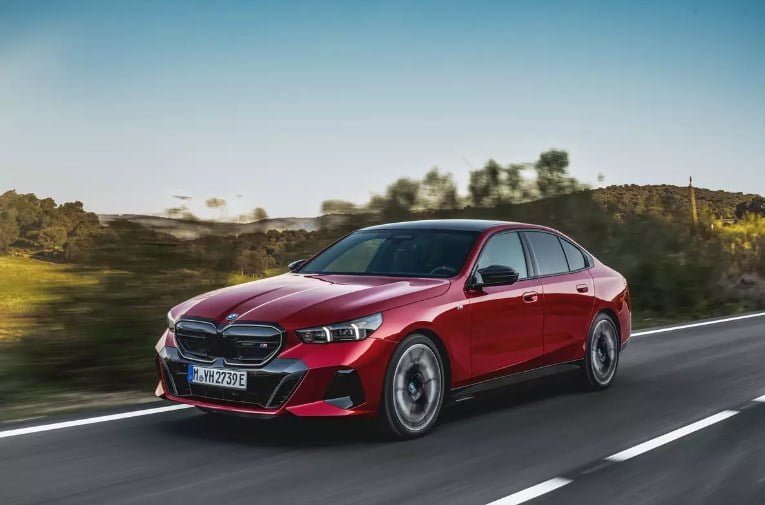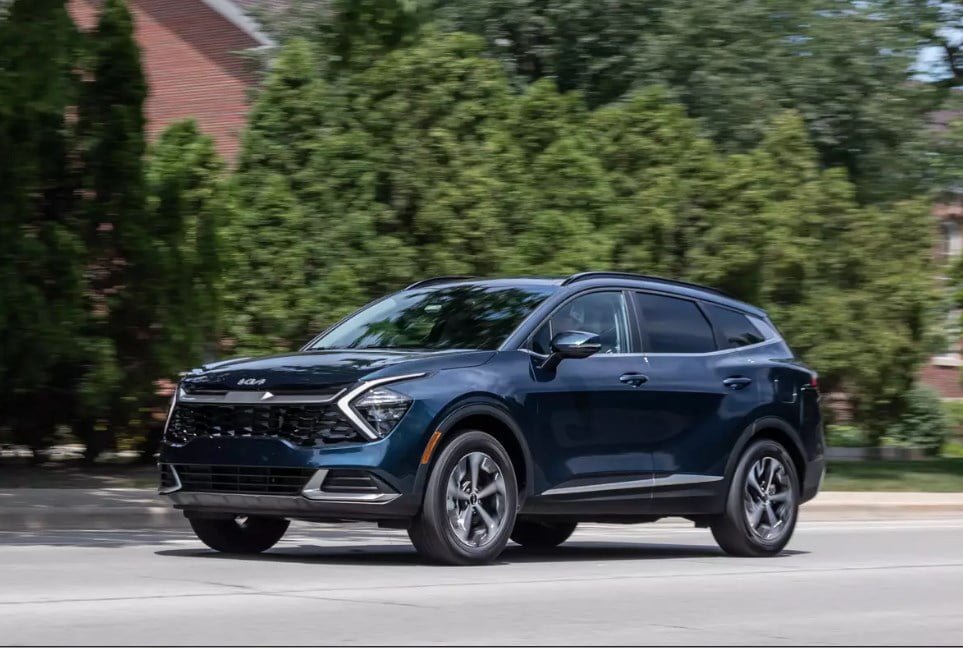As with a lot of automotive maladies, there are a number of potential causes as to why a car stalls in cold weather. Many have to do with the fact that a richer fuel mixture is required when an engine is cold, and even more so when it’s cold outside.
What Limits Fuel Flow When It’s Cold
The primary causes of improper fuel delivery in cold weather include a sensor that is feeding the computer inaccurate information; a clogged fuel filter, clogged fuel injector or weak fuel pump that’s reducing fuel delivery; or water in the gas.
Inaccurate Information From a Sensor
This affects cars with fuel injection, which have a lot of complicated components that include the computer and numerous sensors. The relevant sensors tell the computer how much fuel to ask the fuel injectors to deliver. (If yours is an older model with a carburetor, it may well have something to do with the choke, but that’s not covered here.) Those sensors sometimes fail completely, or — perhaps worse — send the computer the wrong information. While a failed sensor will often cause the check-engine or service-engine-soon light to illuminate, it may not if it’s just feeding the computer inaccurate information.

Some sensors or controls that may affect drivability include:
Manifold absolute pressure sensor
Mass air flow sensor
Coolant temperature sensor
Intake air temperature sensor
Oxygen (O2) sensor
Throttle position sensor
Idle speed control
Exhaust gas recirculation valve
You’ll notice that two of the above have “temperature” as part of their name. If the problem initially occurred when it was cold out, those might be the first to check. However, one thing to keep in mind is that very cold or very hot temperatures can cause sensors or even the computer to fail when they work fine under normal temperatures.
If you’re comfortable working on cars, you can test most of the above with a volt-ohm meter (sometimes called a multimeter) and replace them with common hand tools. If you don’t have a service manual for your car, you can usually find the necessary information by searching online (e.g., “how to check the Coolant temperature sensor on a 2004 Pontiac Grand Prix”).
In some cases, the problem may be mitigated or go away after the engine has been running a while — up to, say, five minutes. (See “Simple Things You Can Try” below.)
Clogged Fuel Filter, Clogged Fuel Injector or Weak Fuel Pump
There is usually a small fuel filter attached to the vehicle’s fuel pump inside the fuel tank (both that filter and the pump are typically difficult to access) and another, larger fuel filter spliced into the fuel line. All can cause problems, as can a bad fuel-pressure regulator. Checking these by testing fuel pressure requires some special equipment and expertise (working with fuel is dangerous), so this should probably be lower on your list of things to check — and left to someone who knows what they’re doing.
Water in the Gas
Another potential problem is with the gasoline itself. Particularly in cold temperatures, the issue may have to do with water. Whether it’s the tank at the gas station or the gas tank in your car, water can get into the fuel. (Sadly, engines don’t run well on water.) That’s because the “empty” space at the top of the tank is filled with air, which contains moisture. When it gets cold, the moisture condenses into water, and that water can get into the gas.
While getting a “bad tank of gas” is possible, it’s not particularly likely, as the tank at the gas station is underground, where it’s warmer. But having water in your car’s gas tank is a strong possibility, particularly when it’s cold out and the tank is less than half full. (If you’ve ever heard the advice that you keep your tank at least half full in the winter, this is one reason why; there’s less air and, thus, less moisture in the tank.)
If you check the outside temperature and your car’s fuel gauge and think this is a possibility — and you can get the car started — let the engine warm up and then try driving awhile to burn through some gas. On your trip, stop and get some gas-line antifreeze. Then go to a gas station, pour in the proper amount of gas-line antifreeze, and fill the tank with gas. (Make sure you pour in the gas-line antifreeze first, as that will ensure it mixes well with the gas you put in after.) The fresh gas and gas-line antifreeze may solve your stalling problem.
But even before any of the above, there are a few things you can try that are easy and don’t cost anything.
Simple Things You Can Try
Certainly if your car’s check-engine light is on, a good first step is to run what’s called an On-Board Diagnostic II diagnostic test, which might be useful even if the check-engine light is not on — sometimes, pending codes can be stored that don’t kick on the light. All passenger vehicles made starting with the 1996 model year have this capability, while older fuel-injected models often have a much less precise version (at best). There is even sophisticated test equipment that can display a sensor’s output in real time (i.e., while the engine is running), which can be especially helpful.
If the engine is stalling at idle or when you come to a stop, try keeping the gas pedal depressed just a little ways instead of completely releasing it — though you’ll need to simultaneously brake with your left foot to do that. If this prevents the engine from stalling, it points to something that controls or affects the engine’s idle speed.
Another thing you can try is to let the engine warm up before you start driving the car. That “warmup” will take longer in cold weather — and may require that you have your foot lightly on the gas pedal the whole time — but four or five minutes should probably do it. It’s important to make sure that as you’re doing this, the car is in a well-ventilated area, preferably outside. If letting the engine warm up helps, it indicates a sensor might be off.
Something else that warming up the engine does is activate the oxygen sensor. Once the oxygen sensor starts sending a signal to the computer, it may be able to “correct” the air-fuel mixture even when another sensor is giving the computer bad information. This is another reason a car might run poorly when cold but better once warmed up. (The opposite can also be true: The oxygen sensor could go bad, making the car run worse after it warms up.)
Whether or not any of these tests temporarily “fix” the problem, the results are worth passing on to your mechanic.
Other Possible Causes
While there are other possible causes not mentioned above, if the stalling only occurs in cold weather, the problem is likely due to something affected by temperature — including that the air-fuel mixture becomes harder to ignite. Note that some things that may be marginally bad under normal circumstances might be sent “over the edge” when it’s really cold out, such as worn spark plugs or spark-plug wires, which are both involved in igniting the fuel mixture. Those might also be a factor if the engine stumbles under acceleration, a problem that can be the first sign of an inadequate fuel supply or a vacuum leak. Another potential culprit is a faulty throttle-position sensor, which tells the computer how far the throttle is pressed.



